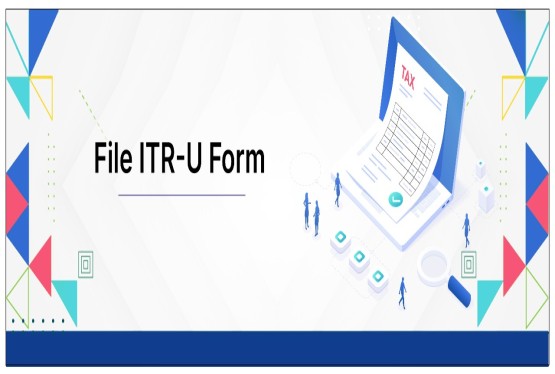RBI hiking India’s repo rate to 5.4% is making national headlines. However, most of us are unaware of how the repo rate functions or even its impact on our daily finances. In this article, we deconstruct the basics of repo rate to help you understand its repercussions on your personal finances and plan better. We also highlight what this means for a business and how to make the most of this increased rate.
Repo Rate - The what, why and how of repo rate
Ever wondered how commercial banks make profit or generate enough money to lend loans, especially at a time when the pandemic has unleashed economic losses? It is often by borrowing from the RBI. The Reserve Bank of India is mandated to lend money to banks in case of a shortfall of funds. This rate of interest levied by the RBI on granting loans to commercial banks is the repo rate.
Repo Rate, RBI and Inflation in India
In ensuring macroeconomic stability in the country, the RBI has a major role to play, especially in controlling inflation. Inflation, put simply, is a situation where too much money in the economy is chasing a few goods. This leads to price rise. RBI steps in here, and increases the repo rate. As a consequence, a banks' loans' interest rate increases. Thus, people find it harder to obtain loans, and the money supply in the economy decreases.
Tracing the movement of the Repo Rate
The Repo rate in the thick of the second wave, in April, 2021 was a low 4%. Until then, it had been kept unchanged by the RBI. The objective being, a low rate of interest on loans would help revive the Indian economy, stagnating business, fulfilling purchase orders and meeting pent-up demand of customers.
A year and a half later, the rate has been increased by 1.4% to now stand at 5.4%. One of the major reasons, besides rising inflation, was the rupee decline. For the first time in the history of the nation, the rupee slid down to INR 80 per US dollar.
Impact of Repo Rate increase on Home and Other Loan takers
The increase in repo rate impacts borrowers of all kinds of loans. Most notably, home loan takers.
-
Increase in repo rate directly increases the equated monthly instalments (EMIs) on loan
-
For a loan taker, with an average outstanding amount of INR 10 lacs, the increase in rates means an additional INR 14,000 in interest
-
However, the exact financials would depend on a loan taker’s contractual arrangement with the bank. Existing home loan takers opting for fixed rates of interest based payments may not be affected much. However, those with repo-rate indexed loans would find their loans costlier.
Here’s some good news on repo rate increasing
With increase in repo rates, the fixed-deposit interest rates increase. This breaks the spell of existing low interest rates across all deposit categories. Most leading banks have announced an increase in deposit rates, such as - IDFC bank increasing its FD rate to 6.90%. SBI, the state owned largest public bank has increased its FD rate (on deposits maturing between 3 and 5 years) to 6.10%. Thus, for every INR 1 lac rupees invested in a fixed deposit, one can expect to earn an additional INR 1000.
Thus, it’s a good idea to park some of your savings in diverse instruments, including fixed deposits at this point.
How Repo Rate impacts your business
-
An increase in repo rate incentivises people to park more money with banks, since deposit interest rates offered by banks rise. This generally means people park their money in Fixed Deposits, and have less available to splurge - consequently, business activity is slower.
-
The increase also means loans taken for the business become costlier. This is particularly disadvantageous for small and medium businesses, and those on a tight working capital.
-
However, most businesses in the regular consumer space, fast moving consumer goods industries, IT, software and B2B dealings should not face any drastic change in their purchase orders.
-
Volatile and non-essential category goods such as luxury goods, and the tourism sector could face financial challenges.
-
The increase in home loans rates also has a downstream spiral effect on real estate firms, construction and architecture related businesses.
Should you take a loan for your business now?
Based on the assessments of the Monetary Policy Committee, the inflationary pressure and opinions of economists - it is expected that the repo rate might be hiked to 6% by the end of the year. This could possibly increase flexible rated loans’ interest rate even more. Thus, investing in an asset with a loan now may be cheaper than in the coming months.
If you’re keen on taking a loan but are unsure if now is the right time, feel free to reach out to us! Our financial experts at Compliance Calendar can help you figure out the best possible financial alternatives for your specific business. Whether it is finding the best government schemes with concessional interest rates, helping you apply to financial institutions or simply weighing different funding alternatives - our advisors are the best in class to help you do so.








_crop10_thumb.jpg)


















































































_for_FY_2025-26_crop10_thumb.jpg)












_learn_crop10_thumb.jpg)








_Filing_Due_Dates_for_FY_2024-25_learn_crop10_thumb.jpeg)










